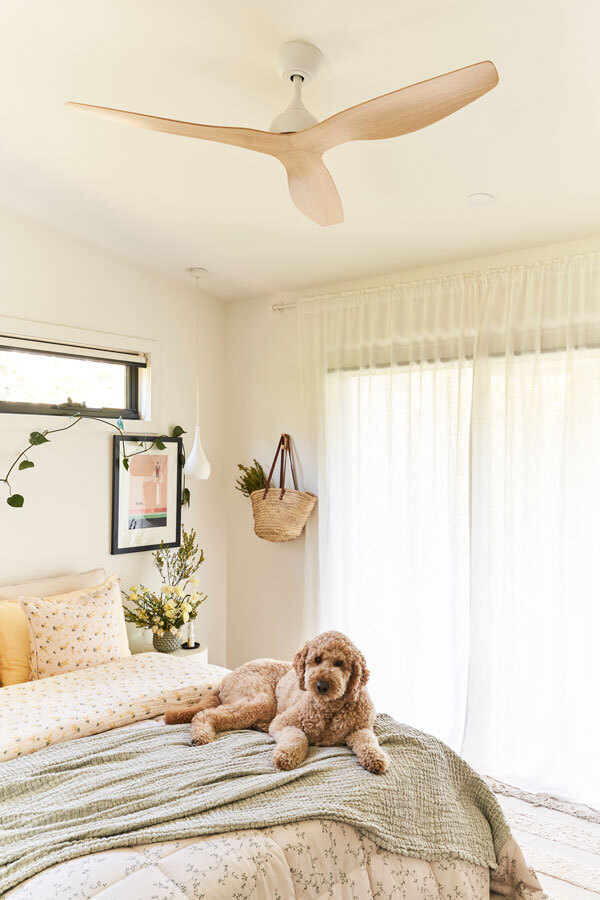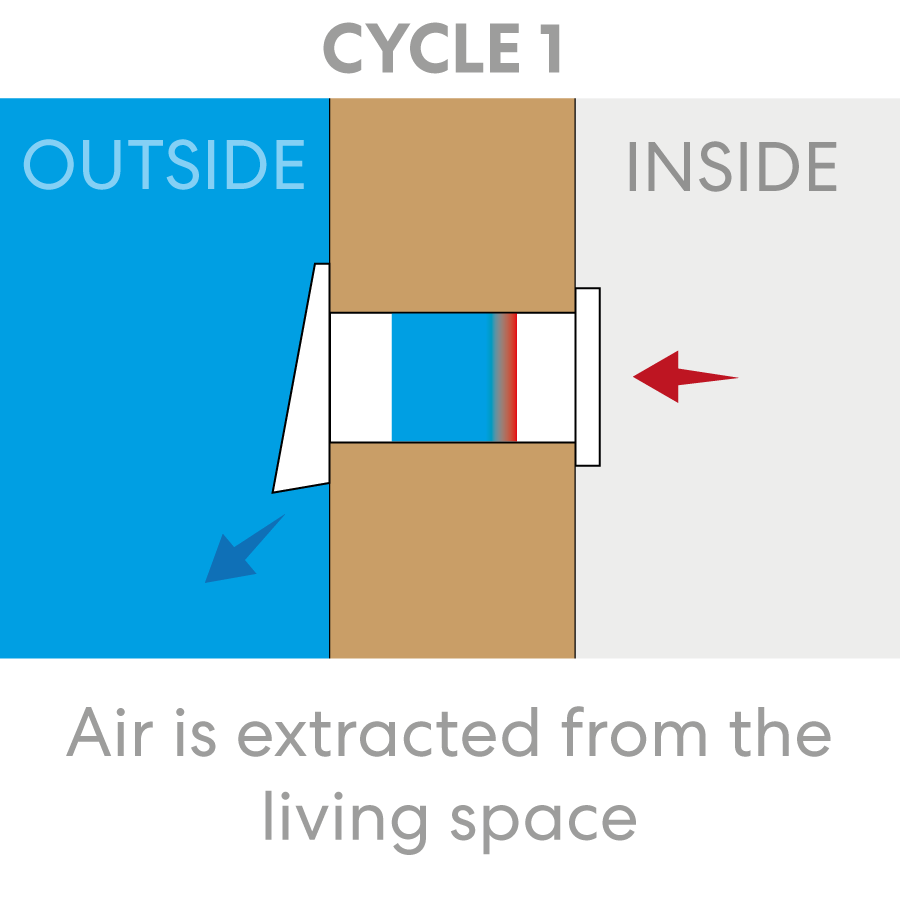Quiet ceiling fans operate discreetly and don’t distract you from a conversation, your favourite Netflix show or, most importantly, a good night’s sleep. Fanco understands that whether you’re installing a fan in the bedroom or outdoors, it should enhance your overall comfort. Our premium ceiling fans keep you cool without sacrificing your home’s tranquillity.
How do we make our ceiling fans quiet?
High Quality Components
We engineer our ceiling fans with high-quality components to ensure their smooth operation. Each of our fans comes with a modern hang sure canopy to secure the fan to the ceiling. This type of attachment prevents the fan from wobbling and reduces the noise associated with that type of movement.
We also choose high-quality motors to power our fans, which ensures that they work as quietly as possible.
We listen to our customers and learn from them
After reviewing customer feedback, we found that some customers who chose a ceiling fan with a remote didn’t like the sound their remote made when they pressed its buttons. We took this opportunity to make our ceiling fans even quieter by removing the beep the remotes in our new range. As a result, our fans make less noise than ever, and we have our customers to thank!
How to find quiet ceiling fans
If you’re looking for quiet ceiling fans, it’s a good idea to visit one of our resellers. Once you’ve seen and heard the fans in real life, you’ll know if they are a good fit for you.
Find a reseller
If you’re shopping online for a quiet ceiling fan, there are a few things to keep in mind. At present, ceiling fan manufacturers don’t noise test their fans, so most of the information you can find about ceiling fan noise is based on a salesperson’s or another customer’s opinion. However,
Choice, the independent consumer advocacy group tests ceiling fans for noise before making their biannual recommendations.
Our
ceiling fan videos also include comparisons between the noise in a room with the ceiling fan on and off. This is an excellent reference point for anyone looking for a quiet fan. They demonstrate that our ceiling fans operate with minimal impact on the noise in a room.
Air movement
For example, ceiling fans cool you down by moving air around you. Air movement can create sound, particularly at higher speeds. The only way to reduce this type of noise is to choose a lower airflow fan or use lower speed settings. We’ve engineered the fans in our SMART range to spin as slowly as 60 rotations per minute at their lowest speed. Of course, reducing the fan speed impacts its airflow. One of the advantages of this range is that it gives you six speeds to choose from
Motor
There are two main types of motors used in ceiling fans: AC (alternating current) or DC (direct current). Both motor types operate reasonably quietly. However, some people might notice one type of sound more than the other.
An
AC motor turns because its current alternates between internal coils, creating an electromagnetic field. Depending on your sensitivity to noise, you may notice a slight hum or buzz when an AC motor is in operation. However, in most cases, this noise is not very loud.
By contrast, a
DC motor also works by creating an electromagnetic field, but it does so with internal magnets. Some people find DC motors less noisy than AC motors, but opinion varies between individuals.



